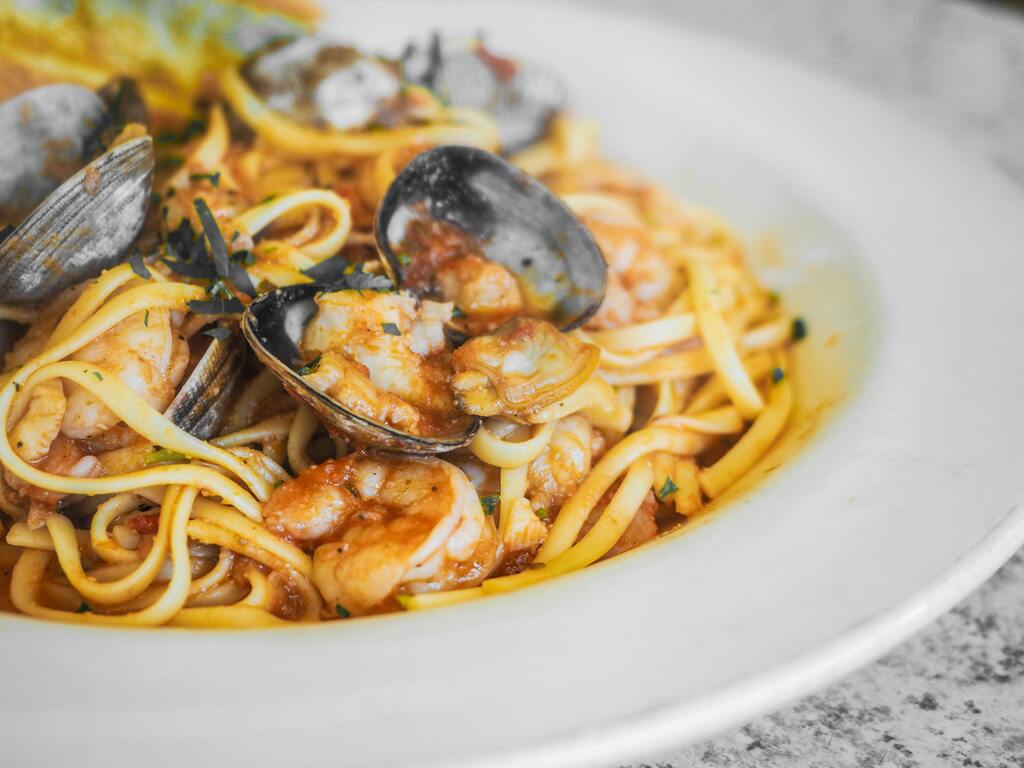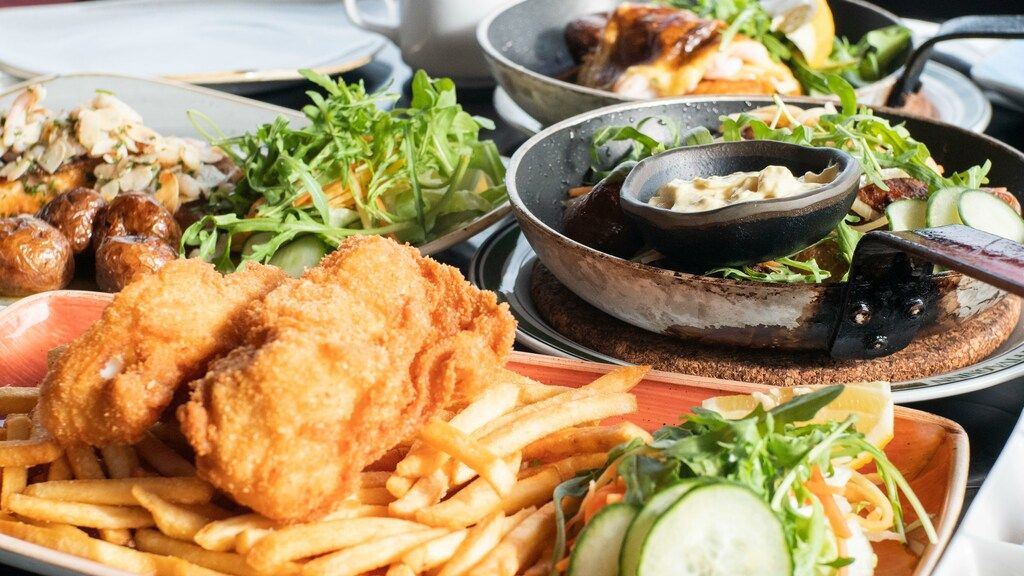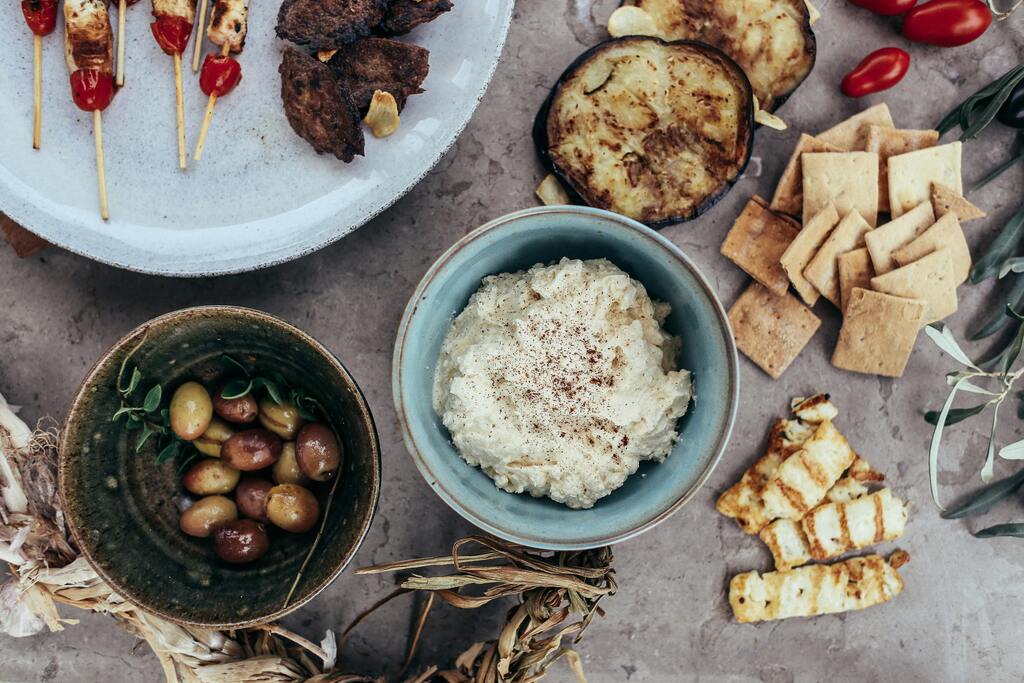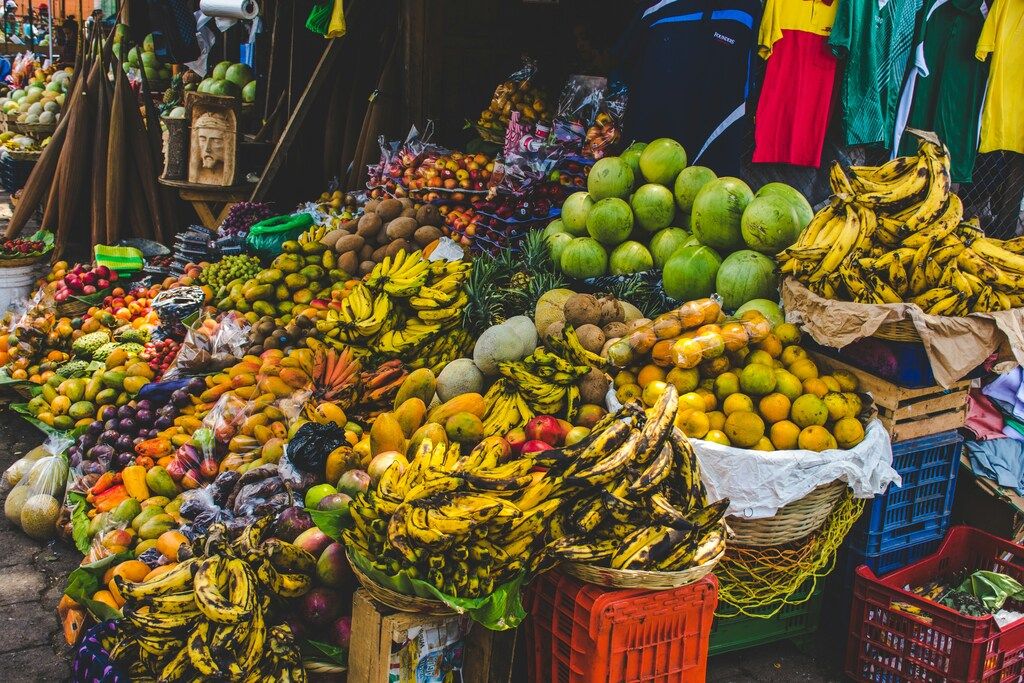

Costa Rica is known for its incredible biodiversity, stunning beaches and lush rainforests. However, it’s not just the landscapes you will fall in love with in this Latin American paradise. The heart of Costa Rican culture is its cuisine, a blend of agricultural roots and “Pura Vida” (pure life) philosophy. Everything is simple and filled with fresh and natural flavours that will leave your heart and palate singing in harmony.
This is a guide to the best dishes of Costa Rica you should not miss, whether it is traditional breakfast dishes, refreshing drinks or some of the most delicious desserts. That way, you leave the country with a full stomach and a full soul.
The heart of Costa Rican cuisine: Simplicity and fresh ingredients
Costa Rican cuisine is about simplicity. It uses only fresh and natural ingredients, allowing the flavour to speak for itself. One of the things you will notice about the food in Costa Rica is that the flavours are so distinct that you can taste each ingredient. The reason behind this unique cuisine is the food itself. It is important to note that local Costa Rican food usually focuses on quality rather than complexity. The most common foods are rice, beans, plantains, freshly cooked vegetables, fruits and healthy portions of lean meat or fish. Costa Ricans are truly connected to the land and this connection reflects in their cooking.
Another thing to note is that Costa Rican food doesn’t use too many spices. It likes to experiment with different spices but doesn’t make it overpowering. Instead, it is balanced without too many strong and overwhelming flavours, meaning the natural taste of each ingredient can be savoured. You will find the influence of Costa Rica’s agrarian past everywhere you look. Rice, beans and plantains are grown locally and so are a plethora of fruits like mangoes, papayas and pineapples. From the ferias (farmer’s markets) where you will see these fresh ingredients in abundance to the small sodas (local restaurants) around the country, you will quickly realise food is meant for the stomach and the soul.
Breakfast staples: Starting the day the Tico way
In Costa Rica, Gallo Pinto is the undisputed prince of Costa Rican breakfast, which is the heart of Costa Rica and its people. Gallo Pinto means “speckled rooster” and the name refers to the colours of the rice and beans mixed in the dish. At its core, Gallo Pinto is simply a melange of black beans, rice, onions, bell peppers, cilantro and a healthy splash of Lizano sauce, a sweet and tangy condiment that no self-respecting Tico does without. At breakfast, the beans are cooked until they are a thick and savoury black soup. The dish is often served with eggs, sour cream, fried plantains or cheese.
Fried rice goes into the beans along with finely chopped onions and bell peppers. The adventure between beans and rice takes place on high heat with added vegetables; the steamy atmosphere created as the beans release gas from their two-week fermentation process ensures the rice gets all the beans have to offer. The beans leave their mark with an inky richness and distinct fermented tang, and the flavours are absorbed by the rice along the way.
To say that Gallo Pinto is just a food is to diminish the full force of its meaning. You would be hard pressed to find a breakfast table in this country that doesn’t groan under the weight of a heaping portion of this food. Food, though it may be, Gallo Pinto is an emblem of the Costa Rican table. It is a manifestation of the joyful generosity that locals express in their relationships with friends and strangers. You can savour the beauty of the area and landscape over a bowl of Gallo Pinto. This is the point at which food finally deepens relationships.

Lunch and dinner: The main event on a Tico plate
For lunch and dinner, Costa Ricans adore their food as much as breakfast foods.
Casado
The favourite is Casado, a traditional Costa Rican lunch. This is a classic comfort food served for lunch rather than supper. It includes white rice, black beans, a salad, fried plantains and a choice of protein (chicken, fish, pork or beef). The flavours and textures that come in a single bite are just phenomenal. This amazing dish fills your tummy without making you bloated, giving you a jolt of energy in the middle of the day.
Casados are commonly found on the menu of a soda (small family-run eatery) and have a deep relationship with the memories of eating at home. It is a nostalgic dish that all Costa Ricans grew up with and still eat even today. They probably start their day by drinking a delicious fruit mix for breakfast and later finish their day by eating home-cooked Casado. Wash it down with a cool refresco (fruit juice) and you have a meal that nurtures your body and soul.
Arroz con Pollo and Arroz con Camarones
Arroz con Pollo (rice and chicken) and Arroz con Camarones (rice and shrimp) are part of the local Costa Rican foods, like Casado. The rice is stir-fried in a mix of vegetables and seasoned with chicken stock or shrimp relleno with Salsa Lizano or pink sauce. The flavours burst with a harmony of spices with every single bite. “The way abuela used to make Arroz con Pollo” is the best way to describe it. This plate is never disappointing. Arroz con Camarones is essentially Arroz con Pollo, but the chicken is replaced with shrimp.
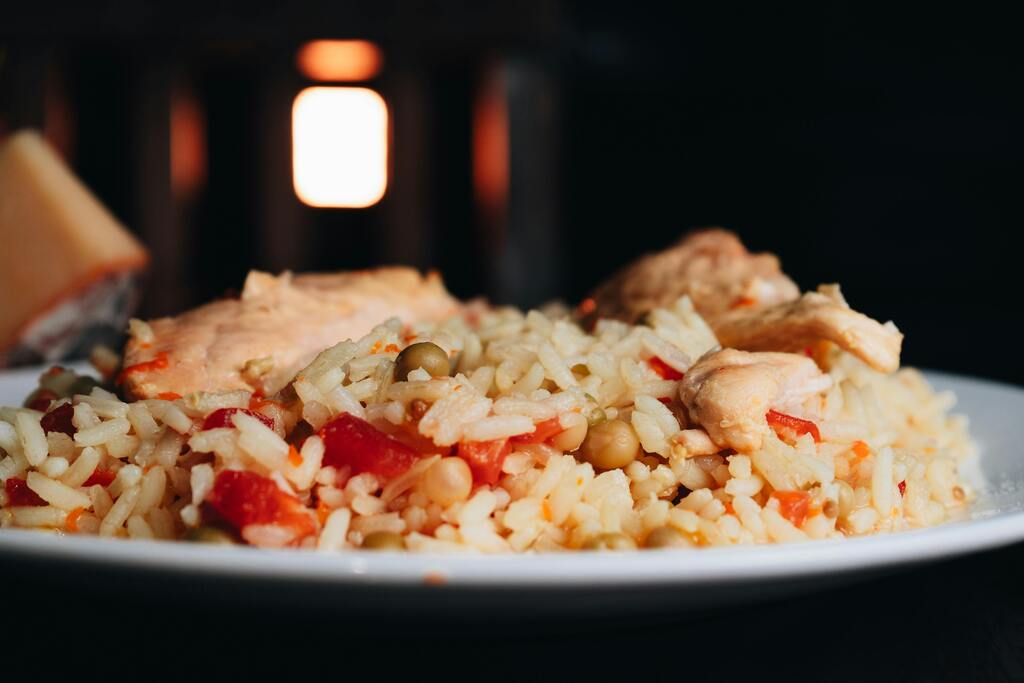
Sopa Negra
Another well-known dish is Sopa Negra, black bean soup. Sopa negra is a vegetarian dish since the soup does not contain meat. It is served with a hard-boiled egg and a side of tortillas. It is very quick and easy to make. This dish is more suitable for cold and rainy nights. Sopa negra is just one of the many simple, delicious and satisfying dishes that all Ticos enjoy.
Ceviche
Ceviche, a well-known seafood dish among Costa Ricans, can be found at any beach restaurant. It is made with raw fish marinated in citrus juices (lemons or limes) and Agua Dulce, chopped onions, peppers, coriander, tomato and spices, and served with soda crackers.
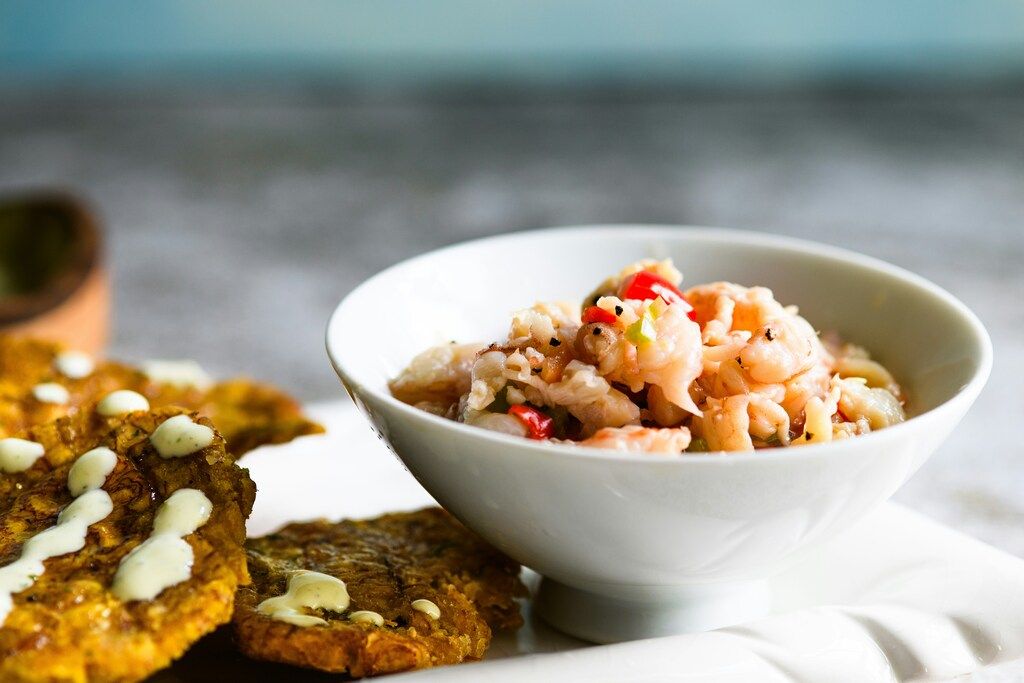
Savory snacks and street delights: Quick bites with big flavour
Your journey to Costa Rica is not complete unless you have taken a bite of their street food. This is where authentic Costa Rican flavours come out to play.
Patacones are the street food that the locals rave about. They are thickly-cut green plantains that are twice-fried, crisp on the outside and soft and gooey inside. They are best eaten with frijoles molidos (refried beans) or pico de gallo (a fresh tomato, onion and coriander salsa). Carry them in your hands and take a walk through the busy Costa Rica streets.
Another popular Costa Rican street food is the empanada. A filled pastry pocket, they come with a variety of fillings—cheese, beans, pinto, and more. The pockets come in either corn or wheat flour. These are perfect for a quick lunch or snack on the go. In the city and smaller villages, you’ll find empanadas at stalls, restaurants and made by street vendors.
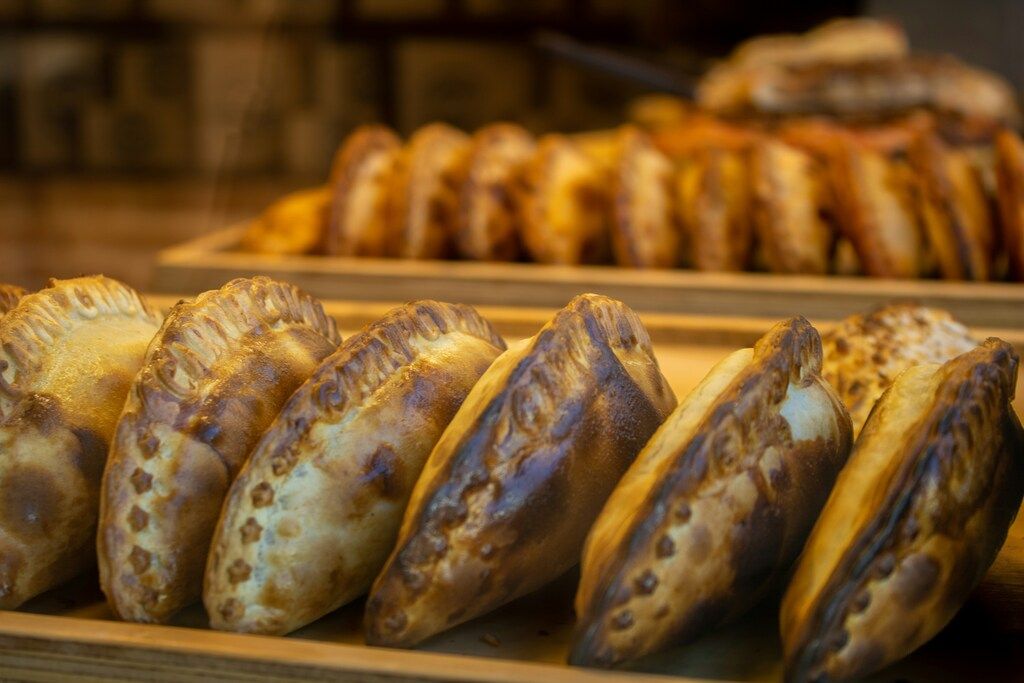
For a home-cooked dish, try Chifrijo. Also popular as a dish served in bars, Chifrijo consists of layers of fried pork (chicharrón), rice, beans, pico de gallo and avocado. This combination of flavours is perfect as a snack or tapa to accompany beer.
Served during holidays such as Christmas or New Year, tamales are a treat you are sure to come across in Costa Rica. They are made with corn dough, meat and vegetables, then wrapped and steamed in a plantain leaf. Tamales are a favourite served at family gatherings or holiday parties.
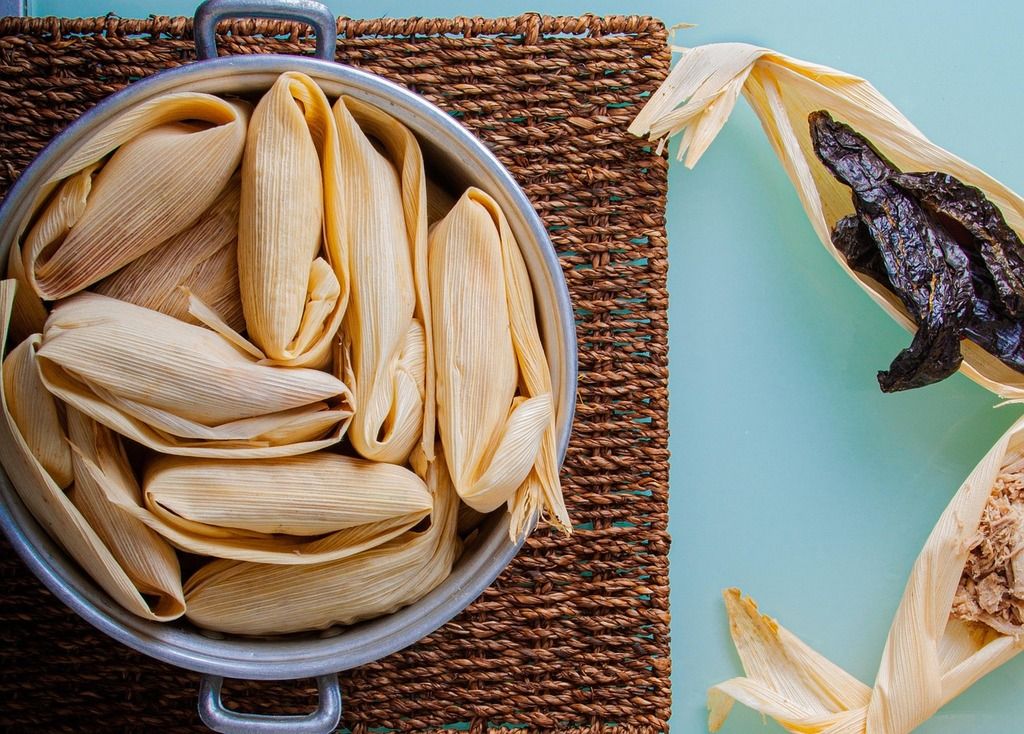
Sweet treats: Tropical fruits and local desserts
The flavours of Costa Rican food are not only found in savoury items but also in sweet treats. One of the most delicious foods is their fresh tropical fruit. This is a fruit lover’s paradise with mangos, papayas, pineapples and passion fruit growing in abundance. Since this produce is all fresh and flavourful, it is often enjoyed fresh or blended into the refrescos naturales (or frescos) that you can find everywhere in the country. These real fruit juices are a delight to sip on a hot day and a great way to enjoy the sweetness of the local produce.
For those with a serious sweet tooth, one of the Costa Rican desserts to try is the Tres Leches cake. This Latin American cake is a three-milk sponge cake, which makes it deliciously wet and rich. This is a popular treat for special occasions and is always served when friends and family are gathering.
Another favourite dessert is Arroz con Leche. This lovely rice pudding won’t win any beauty contests, but it is a great dessert. The creamy dish is both humble and satisfying. The rice has a pleasant texture, and the sweetness of the milk combined with the warmth of cinnamon makes it the perfect ending to any authentic Costa Rican meal.
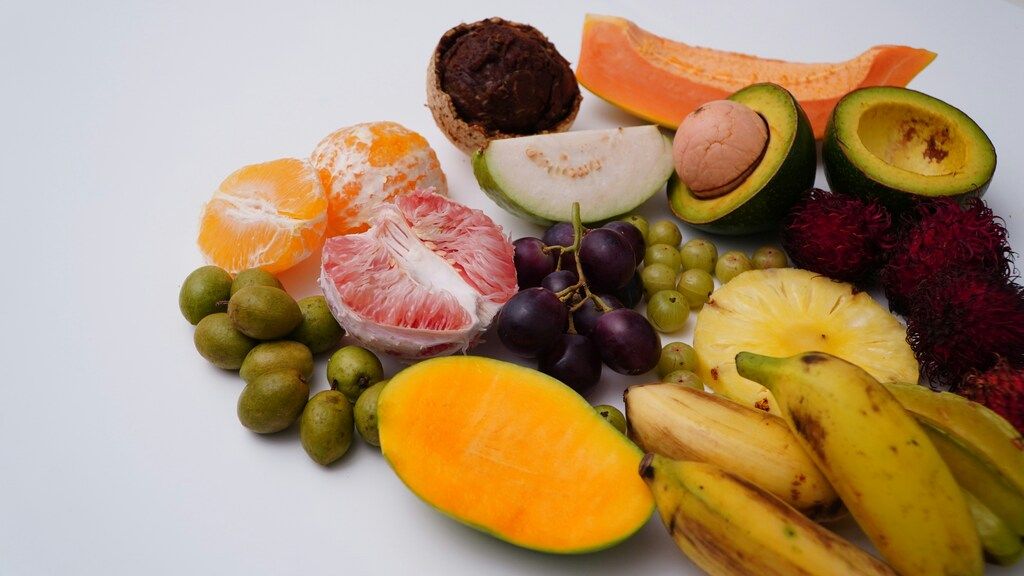
Refreshing drinks: From coffee to natural juices
Costa Rican drinks are not just about filling your tummy but also about satisfying your soul. So don’t forget to indulge in a freshly-brewed cup of coffee (or two) while you are travelling around the country. Costa Rican coffee is out of this world. Grown in high-altitude regions like the Central Valley and Tarrazú, the coffee beans are highly sought after for their smooth, rich flavour and balanced acidity. Don’t let a day go by without savouring a fresh cup.
Costa Ricans are also passionate about their frescos. These are simply natural fruit drinks made from fresh fruit, blended and served with milk or water. Some of the more popular frescos include mango, pineapple and guanábana. For something a little more out of the ordinary, try Agua de Sapo (Frog Water). This tasty ginger-lime drink is thought to have originated on the Caribbean side near Limon but has become a favourite of Costa Ricans everywhere. It is made with ginger, brown sugar and lime, giving it a zesty flavour that makes it the perfect thirst-quencher after a long day of excursions and travel.
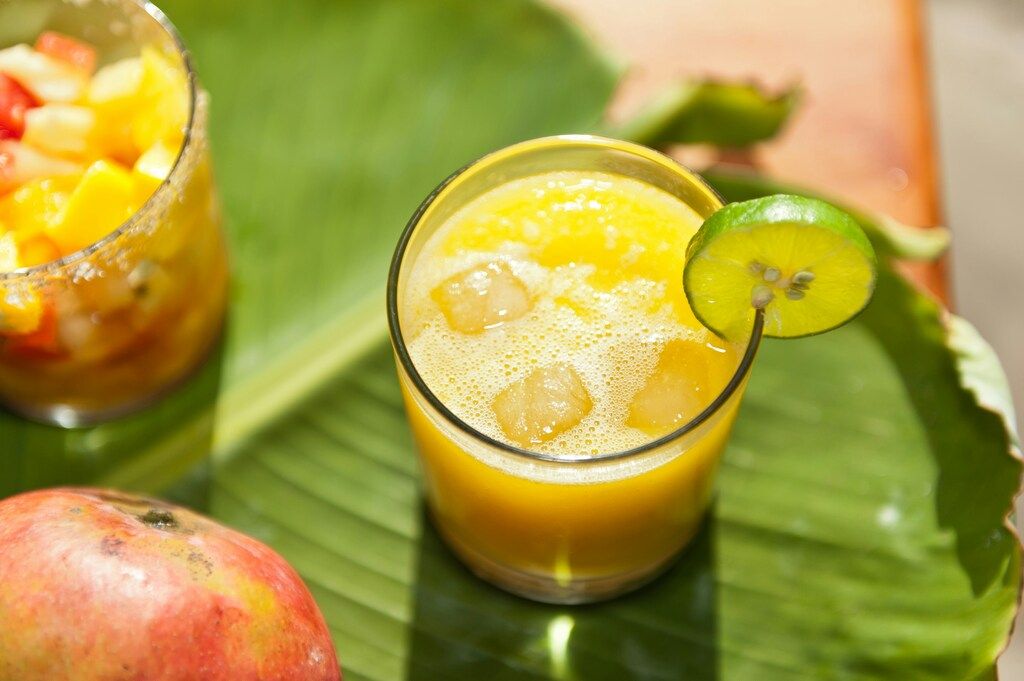
Insider tips for your Costa Rican food adventure
To really experience Costa Rican food, you need to know where to do it and what to look for. Here are some essential tips to guide you on your journey:
- Eat at Sodas: If you are looking for where to eat in Costa Rica, local food can usually best be found in a soda, a small family-owned restaurant. This is one of the best places to visit in Costa Rica to enjoy local dishes like Casado and Gallo Pinto at an affordable price. The food is also made with great attention and love.
- Try Lizano Sauce: This special sauce, slightly sweet and tangy, is a Costa Rican dining must. The restaurant will often use Lizano in Gallo Pinto and grilled meat, so if there’s no bottle on your table, be sure to ask for it.
- Visit Local Markets: To get a real sense of what the Costa Rican kitchen has to offer, we recommend heading to a local feria or farmer’s market. The pallets are full of fresh and tropical fruits, vegetables and many other locally made products. It’s a pleasant and tasty way to complete your Costa Rican experience!
If you want to make the most of your experience, the best time to visit Costa Rica is the dry season from December to April. At this time of the year, the weather is perfect to visit the local markets, have lunch outside and make the most of the beautiful landscapes. There are plenty of sunny days and the temperatures are always balmy. In addition, the dry season is the best time for wildlife observation. Indeed, the major biodiversity of the country is simply more prevalent in the dry season.
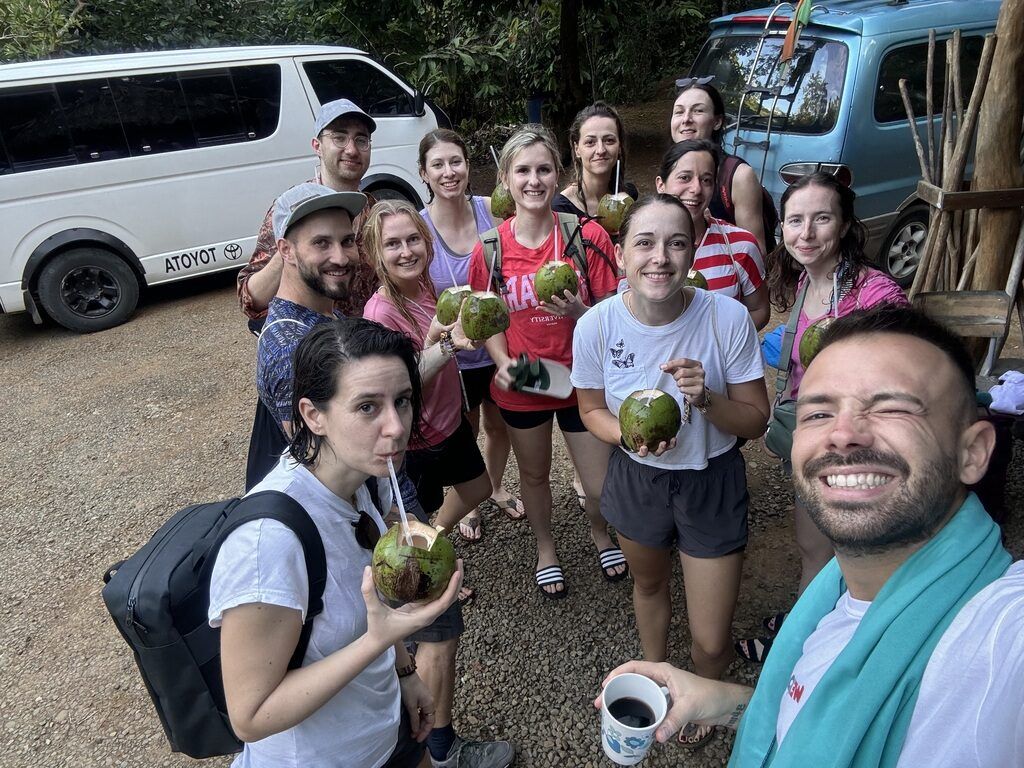
Savor the Pura Vida: Your Costa Rican culinary journey awaits
Costa Rican cuisine is not only a way to fill the belly. It is also a way to dive into the heart of the territory. Whether you have tasted the simplicity of the Gallo Pinto or are finishing your meal with the Tres Leches, all must-try Costa Rican dishes are a reminder of what the earth has to offer and of that Costa Rican sense of hospitality that makes everyone feel at home. No doubt that after savouring a nice dish of Casado in a local soda or sipping fresh natural juice, you will leave the country with the tastes of Pura Vida on your lips and the heart of the Ticos in your pocket. Are you ready to discover the wonderful flavours during a unique journey? Check out and enjoy one of the organised group trips to Costa Rica and live your travel experience to the fullest.

